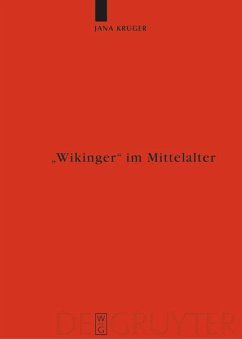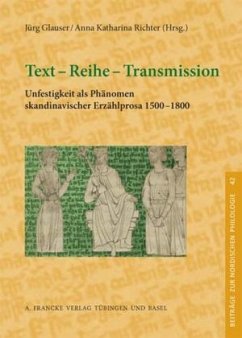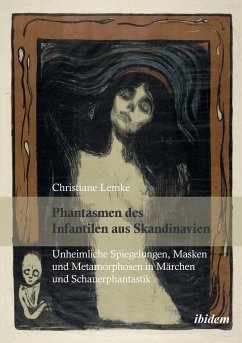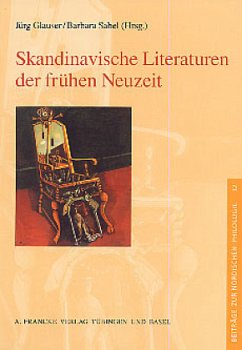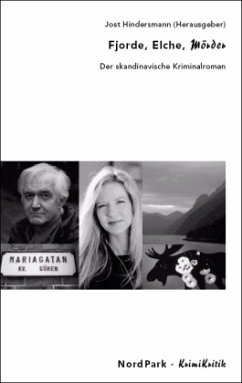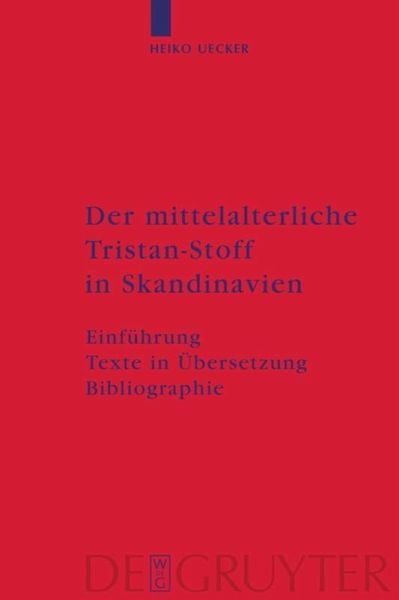
Der mittelalterliche Tristan-Stoff in Skandinavien
Einführung - Texte in Übersetzung - Bibliographie
Herausgegeben: Uecker, Heiko
Versandkostenfrei!
Versandfertig in 1-2 Wochen
199,95 €
inkl. MwSt.

PAYBACK Punkte
0 °P sammeln!
The tale of Tristan and Isolde is one of the great European love stories. Based on material from Celtic sagas, it was given literary form in all European vernaculars in the Middle Ages. In Northern Europe, a French version was translated into Old Norwegian in 1226; this is of great significance, as the French source text by Thomas de Bretagne has been nearly completely lost. The Old Norwegian Tristrams saga was the starting point for a series of re-workings of the material ? an independent Icelandic version together with numerous popular ballads from Denmark, Iceland and the Faroes. All of these texts are gathered here in translation ? some of them for the first time.
Im Rahmen seines Kulturprogrammes und der Europäisierung des norwegischen Königshofes ließ König Hákon Hákonarson (geb.1204) kontinentale, insbesondere französische Literatur ins Norwegische übersetzen, darunter die Geschichte von Tristan und Isolde des Thomas de Bretagne. Die norwegische Tristram saga ist von zweifacher Bedeutung: Dokument des Kulturimportes vom Kontinent in den Norden und einzige Quelle für die Rekonstruktion von Thomas' Werk, das bis auf einige Zeilen verloren ist. Von den Lais der Marie de France ist ein Text ebenfalls im 13. Jahrhundert ins Norwegische übersetzt worden. Aus dem 15. Jahrhundert ist eine selbständige isländische Tristrams saga überliefert, die als Reaktion, vielleicht sogar Parodie auf die norwegische Saga verstanden werden muss. Von der Beliebtheit des Stoffes zeugen weiterhin die isländischen, dänischen und färöischen Volksballaden, die ihn in teilweise eigenwilligen Fassungen gestalten. Alle diese Texte werden hier zum größten Teil erstmals in deutscher Übersetzung im Zusammenhang präsentiert.




